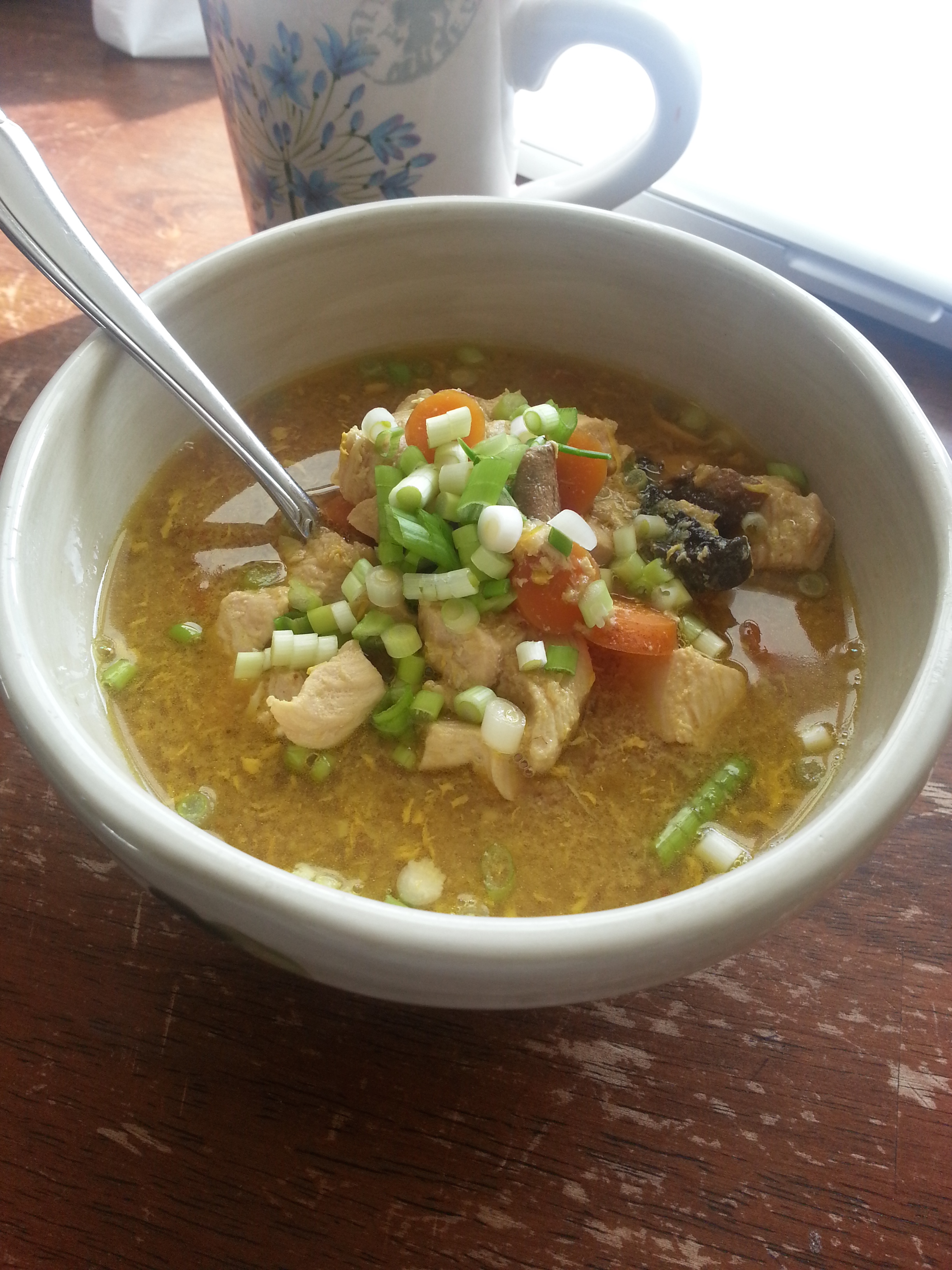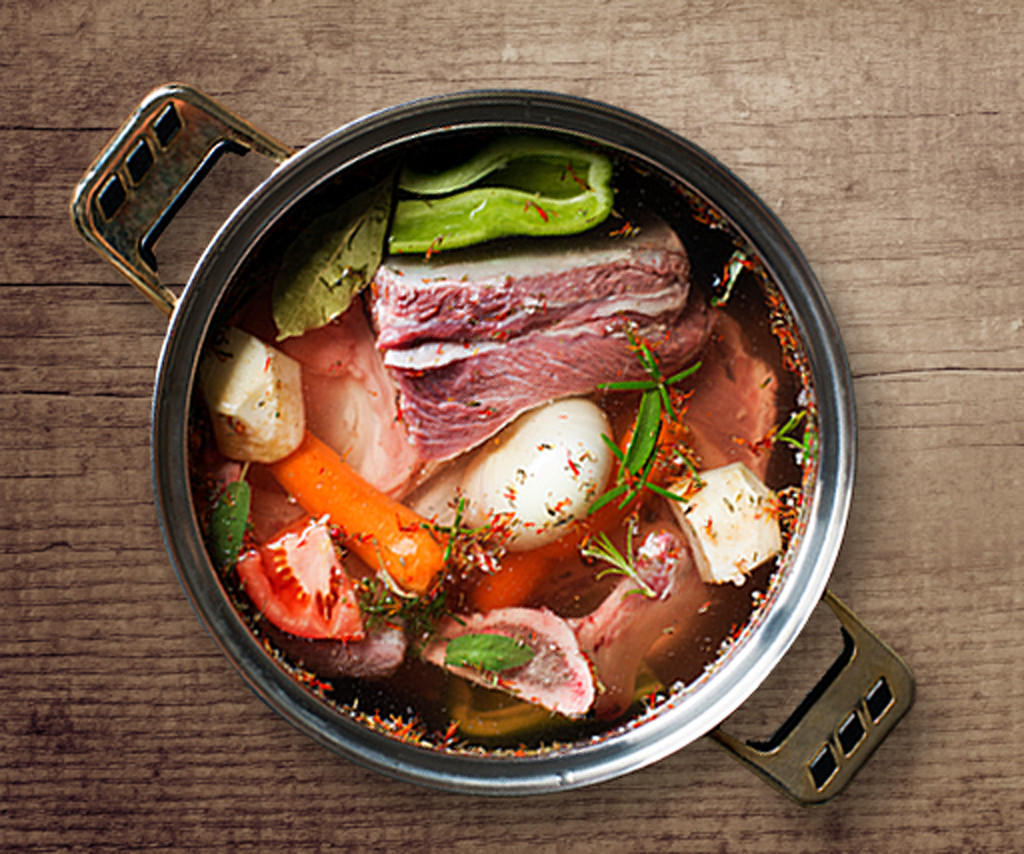Sugar has gotten a bad name, and for good reason! Most processed foods have added sugar, and it’s harder than ever to avoid. Sugars have increased significantly in the average American’s diet over the last 40 years. With this, we’ve seen a rise in associated diseases like type 2 diabetes, obesity, hypertension, and heart disease.
We know that too much sugar in our diet is bad for us. But even for many people that are health-conscious, dietary sugar is often a challenge to control. Perhaps in most other areas of your diet, you feel pretty balanced and capable of maintaining moderation. But when it comes to sweets, it’s a struggle! That’s why we’re going to look at how our bodies respond to sugar, the differences between carbohydrates, and why it’s so crucial for us to kick refined sugar out of our diet.
Our body performs optimally when our blood sugar levels are kept relatively consistent.
For this reason, our body uses two hormones, insulin and glucagon, produced by the pancreas to regulate blood sugar levels. Insulin is released into the blood after we’ve eaten a carbohydrate-filled meal and our cells need to import the sugar from our blood stream. This process lowers blood glucose (sugar) levels. On the other hand, when we haven’t eaten in many hours or we’re working out at the gym, our blood sugar level drops and the pancreas releases glucagon, a hormone which causes the liver to release previously stored glucose into the blood, raising blood sugar levels to normal again. It’s all about keeping the blood sugar relatively constant.
Although our body is able to regulate blood sugar, dramatic regulations due to consuming large doses of sugar take a toll on the body over time. Everyone knows what it feels like after you’ve eaten too much sugar. First you feel “jacked-up” and have a ton of energy, but then you “crash”, feeling tired and hungry again. The cyclical “spike” and “crash” after eating too much sugar is due to the rise in glucose levels, which results in a rise in insulin levels, followed by a crash in blood glucose. These dramatic spikes and crashes in blood glucose levels are less than ideal for our health. In fact, type II diabetes is a disease that is a result of the cells in the body repetitively having to respond to quick spikes in blood glucose. They become desensitized to the insulin response over time, and can’t effectively import glucose from the blood. Therefore, people with this condition have high glucose levels if not regulated with medication or strict dietary habits.
“Good” carbohydrates won’t create a quick rise and fall in blood sugar.
Complex, or unrefined carbohydrates like wild rice, sweet potato, and apple create slower changes in blood glucose levels, which are much easier for the body to respond to with moderate amounts of insulin. Refined, simple carbohydrates like those in sodas, candy, and even 100% fruit juices create a quick spike in blood glucose levels which demand more of an insulin response and are therefore more taxing on the pancreas and our cells that need to import the large quantities of glucose. As a general rule, refined carbs often have less to offer nutritionally and are higher in calories than whole, unprocessed, complex carbs.
Now that we’ve covered the difference between refined and unrefined carbohydrates, let’s take a look at another helpful classification for carbohydrates. The glycemic index (GI) is a ranking of carbohydrates determined by the speed at which they raise blood sugar levels. The GI scale is from 0-100. Pure glucose has the highest GI of 100. Foods with a high GI are quickly digested and create a spike in blood sugar levels. Foods with a low GI digest more slowly and result in a gradual rises in blood sugar levels. So, look for low GI foods (55 or below). As you might guess, refined carbs tend to have higher GI’s than unrefined carbs.
Your blood sugar levels not only respond to how quickly a carbohydrate is absorbed into the blood, but also how many grams of carbs you’ve eaten. This is called the glycemic load (GL). You might eat 2 cups of popcorn, which has a high GI of 72 (because it’s quick to be broken down and absorbed) but you would need to eat a lot of popcorn to create a big insulin response because it has relatively few carbohydrates per serving, and therefore a low glycemic load of 7. Choosing foods with a low GL (below 10) is also important in regulating blood sugar.1
To find out the glycemic index and glycemic load of almost any food, go to: http://www.glycemicindex.com/index.php
Foods with a low glycemic index help control our appetite and delay hunger. They tend to have more fiber, protein, and fat, which keep us feeling satiated longer. When you eat foods with a high glycemic load (remember that’s GI + the amount of carbohydrates), your glucose levels spike, as does your insulin response, and your cells import all those carbohydrates and store them as fat. This is why you’ve heard that eating excess carbohydrates can cause weight gain.
Eating foods with a lower glycemic index reduces the “crash and burn” feeling we get from eating too much sugar, and gives us more stabile energy levels.
What you can do:
The cyclical highs and lows of eating high glycemic index and load foods are very difficult to get away from. Many people do not realize how affected they are by this cycle until they are completely out of it. For this reason, I suggest cutting out all high glycemic load carbohydrates from your diet, including refined sugar and sugar alternatives that create a significant insulin response. This means no table sugar (obviously!), soda, candy, baked goods, nut butters with added sugar, jelly, jam, sweetened yogurt, fruit juices (even 100% juice), cereals with added sugar, and most processed foods.
Focus on eating plenty of vegetables, meats, whole fruits, nuts, seeds, whole grains (try to eat whole, unrefined foods like yams, sweet potatoes, wild or brown rice, oats, barley, etc…) and unsweetened dairy products. If you are unsure if a food qualifies, take a look at the ingredients for “sugar”, “corn syrup”, “high fructose corn syrup”, “fructose”, “honey”, “maple syrup”, or other forms of sugar.
Fruit is a whole food with fiber, which slows down blood glucose absorption, whereas fruit juices create a spike in insulin levels because of the concentrated amount of sugar present as well as the lack of fiber. Because dried fruits (raisins, dates, dried apricots, etc.) have more densely packed sugars, resulting in a significant increase in blood sugar, keep these to a maximum of ¼ cup per day (if that!). Alcohol also contains some sugar, so keep it to a maximum of 2 servings per day.
Steps to ease into avoiding sugar all-together:
- Begin by decrease your sugar intake by about half. This will make for a gentler transition.
- Clean out your usual sugar “stash”. Give it away. Throw it out. Do whatever you need to do so that the temptation isn’t there.
- Write down what motivates you. What are your health goals? If there are many things, write them all down. When it gets hard, remind yourself of why you’re invested by looking back at what you wrote.
Tips and Things to Keep in Mind:
- The first week is always the hardest. Get past that, and things start to ease up.
- Make sure you are eating three well-rounded meals that are heavy in vegetables and proteins, with snacks if your body needs it. It’s harder to resist sugar when you’re hungry!
- It’s harder to resist sugar when you’re tired. Be sure to take extra care of yourself and remember that sleep is crucial when making this leap!






